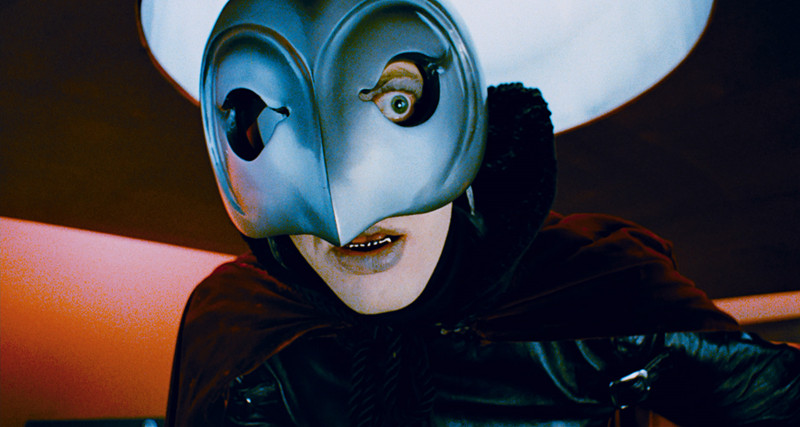
Cult films are so often synonymous with the trashy, midnight musings of eccentric artists like Jesús Franco, John Waters, Tommy Wiseau, and Ed Wood. And while those aforementioned filmmakers and many more have amassed a considerable and deserving following, with very few exceptions it would be difficult to label any of their works as a true masterpiece.
And yet there are numerous examples of auteur filmmakers and inspired experimenters making very personal films that end up being one of those “lightning in a bottle” situations where the resulting film transcends genre. When the rest of the world catches up with movies like the ones listed below, we find a film that’s truly one for the ages.
The following list is a short one, particularly considering the number of films that could have landed here. So while it may not be definitive (and please do add other worthy films in the comments section below), the titles here are each far-reaching motion pictures of great depth, stirring craft, and stunning artistic vision. These uncompromising and incredibly risky films each take great risks and the results are truly timeless. Proceed with caution and enjoy!
10. The Wicker Man (1973)
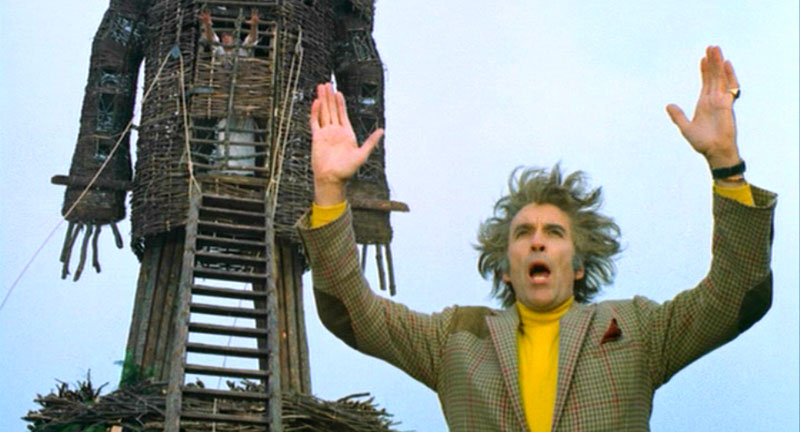
Robin Hardy’s The Wicker Man is a decidedly imaginative mixture of murder mystery, horror movie, folk musical, and pagan legend. Written by Anthony Shaffer (Sleuth) from David Pinner’s 1967 novel “Ritual” this influential British film was famously touted by Cinefantastique to be “the Citizen Kane of horror movies” and who are we to say different?
Sgt. Howie (Edward Woodward) is an uptight Scots policeman investigating the disappearance of a young girl, Rowan Morrison (Gerry Cowper) on Summerisle, a remote Hebridean island. Summerisle is the sort of place where the head cheese, Lord Summerisle is played by Christopher Lee, so there’s a huge fucking red flag right away. Britt Ekland is there, too, in full babe mode, there’s a naked librarian played by Ingrid Pitt and all the pagan May Day hoopla have Howie groping for his Christian cross.
The Wicker Man offers up many fiendish quirks, kinks, and a concluding squeaker of a curveball you won’t soon forget.
9. A Field in England (2013)
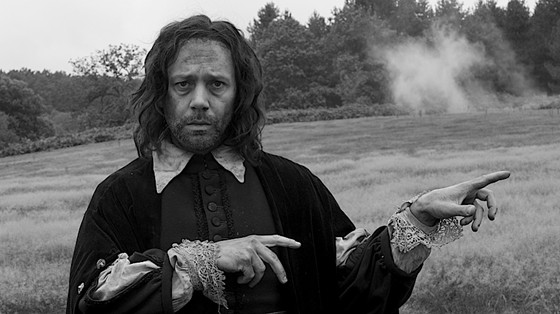
Blurring the lines between dream and reality is a right-hand aspiration for Ben Wheatley, and his fourth feature, the incomparable A Field in England, exemplifies this to the nth degree. Undoubtedly an acquired taste that truly only the most adventurous and somewhat crackpot cineastes would cherish, there are many brash, broad strokes and artful flourishes that any film fan could admire here, but there are also just as many rabbit holes and Gordian knots to navigate, too. And yet it’s still an absolute and unequivocal masterpiece.
A Field in England is a black comedy masquerading as an arthouse horror film set in mid-17th century England. It sobs and squirms like the bastard child of Jim Jarmusch’s Dead Man (1995) and Michael Reeves’s Witchfinder General (1968), but even those comparisons don’t do the film much justice.
Screenwriter Amy Jump outdoes herself with a literate and completely corrupt screenplay that follows Whitehead (Reece Shearsmith in a brilliant performance) as he absconds from a demonic alchemist named O’Neill (Michael Smiley, excellent) amidst a bloody English Civil War battle. Cursed and accompanied by a trio of deserters this ill-starred crew, high on psilocybin mushrooms, are soon at the mercy of O’Neill.
Cinematographer Laurie Rose shoots a monochrome world of creepy close-ups and other odd and ominous tricks as the trippy pastoral mise en scène mutates into a Grand Guignol chamber of horrors. It’s an inspired, utterly loopy, psychotropic Möbius strip that embraces moral ambiguity, resists tidy resolutions, and is more lively and enjoyable than it perhaps ought to be. It’s also the perfect midnight movie if you’re brave enough to visit it.
8. They Live (1988)
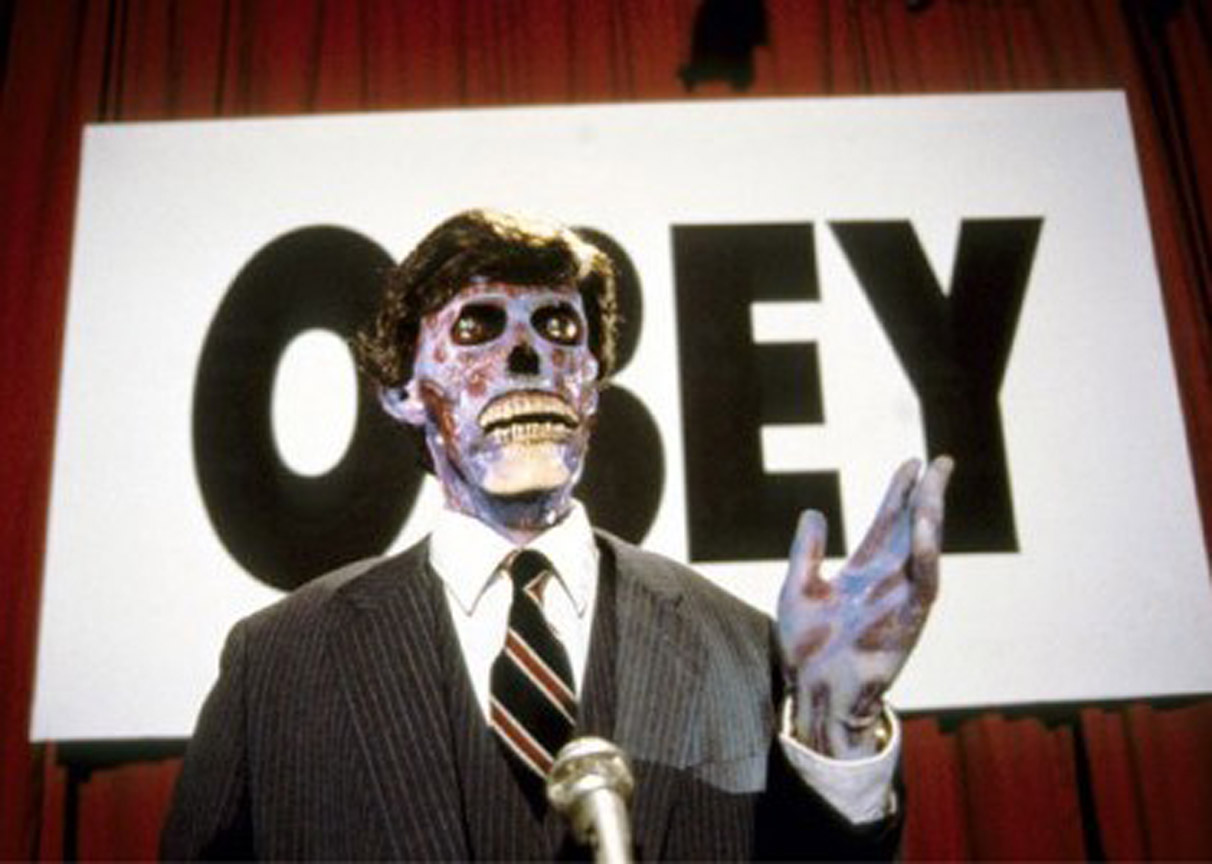
In Martin Scorsese’s summation, “They Live is one of the best films of a fine American director,” and who are we to disagree with so knowledgeable a cineaste?
Like a frenzied crash course in semiotics and media manipulation, They Live is a politically subversive B-movie combining horror and sci-fi with hair-raising results. Adapting Ray Nelson’s short story “Eight O’Clock in the Morning”, about mass alien hypnosis duping humanity via TV commercials, radio, and print media, Carpenter also steeps the proceedings in satire and casts WWF wrestler “Rowdy” Roddy Piper as John Nada, our two-fisted hero.
Nada is sympathetic and relatable as a blue-collar drifter trying to get by when he stumbles upon a pair of sunglasses that breaks the alien signal allowing their hidden messages to be visible––dollars bills suddenly read “THIS IS YOUR GOD”––along with their hidden-in-plain-sight swarms, secretly integrated amongst us. “You know, you look like your head fell in the cheese dip back in 1957,” quips Nada to an alien, giving up his element of surprise before he even knows the stakes.
They Live requires a little forgiveness from the audience as its plot holes are many, and leaps in logic are necessary to ignore as well (that ending for instance, is a little of a let down), but the film’s a shit ton of fun if you surrender to it, and Piper’s back-alley brawl with Keith David is a highlight, and certainly one of the longest and most mirthful fisticuffs in movie history, too. A can’t miss cult classic that becomes more relevant with each passing year.
7. Fantastic Planet (1973)
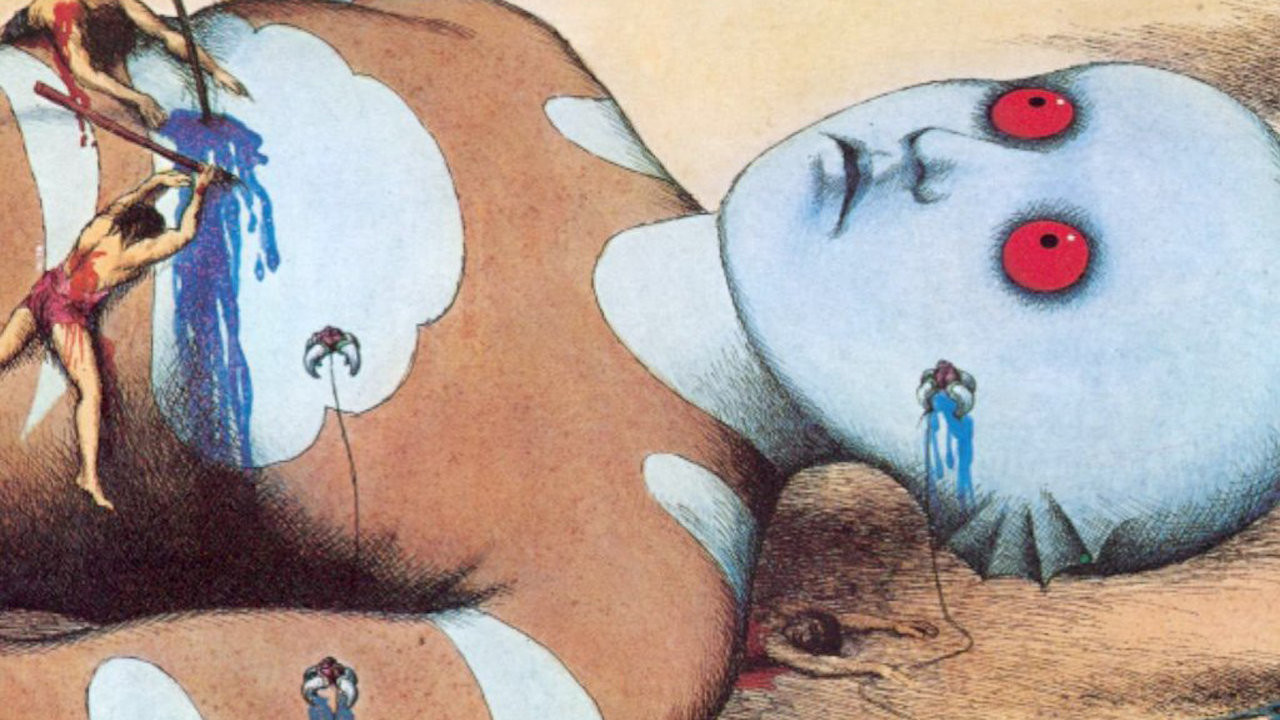
Will there ever be another full-length animated feature quite as wonderfully weird and endlessly imaginative as René Laloux’s underground French classic Fantastic Planet?
Overrunning with warm pastel colors and delicate, sharply detailed drawings, Fantastic Planet is an influential mindfuck, make no mistake. Adapted from Stefan Wul’s pulpy 1957 French sci-fi novel “Oms en série”, Fantastic Planet is an allegorical odyssey, one that embraces psychedelic visuals, originally inspired by Russia’s invasion of Czechoslovakia.
Set on the planet Ygam exists a race of blue-skinned giants, Traags, who keep a human like race, Oms, as pets. Alternately surreal, deeply eerie, high-flown, and frightening, Fantastic Planet is a nagging, nostalgic, and often disconcerting epic of animation that is as original as it is, in it’s own way, monumental. Deserving of the 1973 Cannes Grand Prix Prize, midnight movies are seldom this observant, imaginative, and yes, mind-blowing.
“[Fantastic Planet] is a sci-fi starter drug that turned many a budding fan on to Stanislaw Lem, Tarkovsky flicks, and old-school Heavy Metal comics,” wrote Village Voice film critic Gary Dauphin, who also suggested that “…it’s not every fancifully encoded cautionary tale that can survive the demise of its historical villains, and it’s not every stoner midnight movie that can stand a second viewing in the sober light of day.”
The prog-rock meets psychedelic jazz score by Alain Goraguer, which has been sampled steadily and with respect from the hip-hop community, gives the film even more street cred (though truly it was never lacking such distinctions). Perhaps the greatest strengths for the film lie in the melding of Roland Topor’s outlandish designs, which work so well with character designer Josef Kábrt and background designer Josef Váňa’s bizarre, beautiful, and bold conceptions.
Like the art itself, what unfolds on this alien world often seems hyper-real and also at times, entirely unreal. But this strange cosmology is invariably consistent with the exhilarated vision of Laloux and Topor. And what a graceful, jarring, and genuinely weird fairytale vision it is. Not to be missed.
6. Akira (1988)
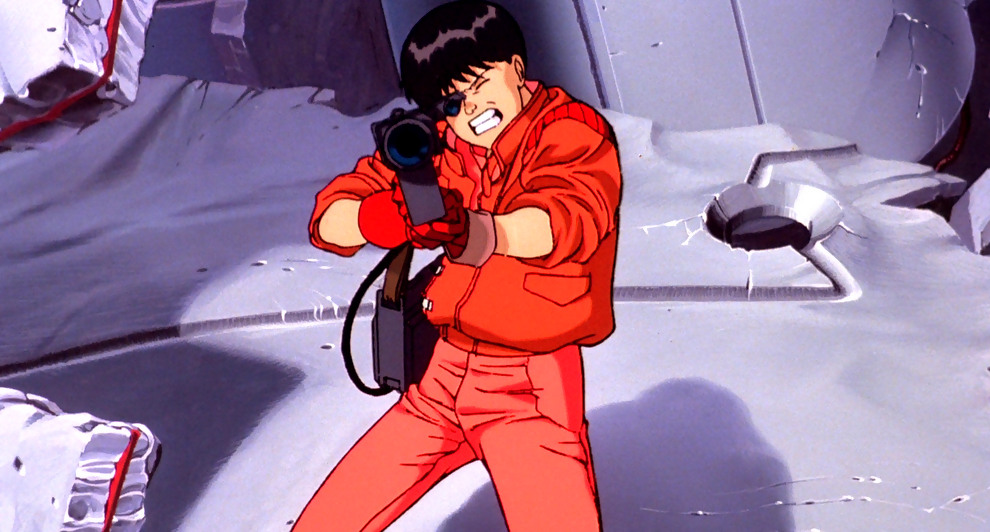
The most influential anime of all time, Katsuhiro Ôtomo’s Akira is an ambitious and often breathtaking cyberpunk-addled post-apocalyptic pageant. Convoluted to a fault, Akira is set in Neo-Tokyo some years after a nuclear accident decimated the city, and it has been rebuilt, and yet still stands on the precipice of disaster thanks to government meddling with strange psychic superpowered kids. There’s also a wealth of youth biker gangs, oversexed kids and Juggalos mostly, out for kicks and dollops of ultra-violence plaguing the city.
Akira is best enjoyed if the frequently nonsensical narrative leaps of the bloated third act are largely ignored, and emphasis is put on the vastly detailed images and first-rate animation –– some of the best hand drawn imagery ever wed to celluloid.
Blade Runner and cyberpunk fans will enjoy the many visual cues and the cityscapes and bike chases are absolutely breathtaking. Add a pulsating soundtrack from Tsutomu Ōhashi and you’ve got one of the most phenomenal films of its kind.
“An impressive achievement, often suggesting a weird expressionist blend of 2001, The Warriors, Blade Runner and Forbidden Planet,” wrote Time Out’s Geoff Andrew, adding; “[Akira] is a towering achievement of imagination and the detail of each frame is a miracle of film artistry.”
Japan’s fascination with annihilation goes beyond the playful pop culture pastime, extending beyond Ishirō Honda’s Godzilla and other resulting kaiju pictures, and with the film Akira goes the furthest yet into the scorched earth of Apocalypse. Like Kaneda’s souped-up blood red bōsōzoku this film takes us speeding headlong down a mad, dirty, and even sexy thoroughfare of accomplished and accelerating story. Akira is one hell of a fantastic trip and an absolute must-see on the big screen.